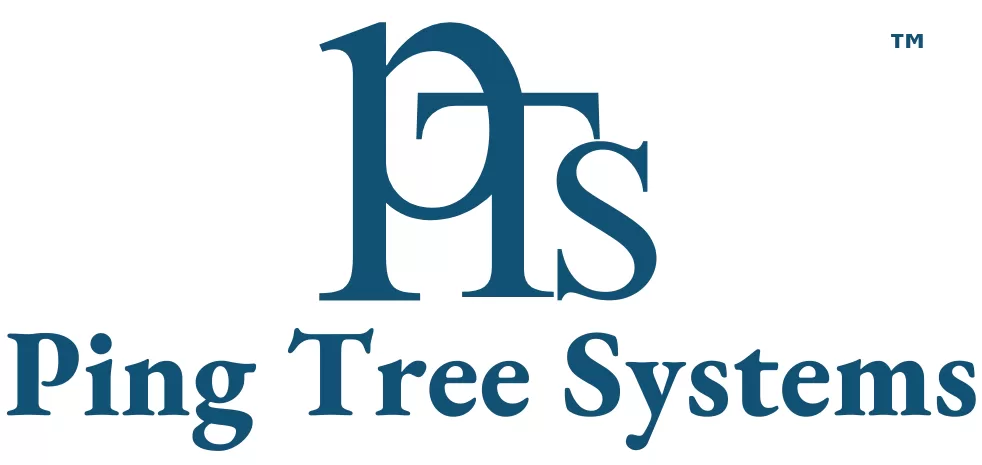The future of the new car market – is it heading for an electric future?
Auto accident lead generation can be purchased in minimum increments depending on geographical scope. The auto accident leads come from car crash victims who are actively looking for a personal injury attorney. We then send that Lead Distribution System to you immediately so you can speak to them for a consultation.
Electric dreams:
One of the hot topics of 2017 has been the increasing exposure for all things electric, with growing political, market and entrepreneurial will to make it happen. The transition to dominance will likely take decades but each step towards it has huge implications for the market. Removing the engine will lead to a swathe of redundant associated organizations in the supply chain, which could have huge implications for aftersales business and dealer profitability.
The pace of change to electric is predicated on a number of factors, not least of which is battery costs coming down to a point whereby electric pricing is competitive with traditional fuel models. And then of course there’s the recharge, range, and performance conundrums to solve.
Additionally, our Auto accident attorney leads are instantaneous, meaning the injured person is routed immediately to your office. We know the value of a hot, fresh, exclusive lead. That’s why we’ve structured our Ping Post software to only provide live inbound Auto Accident leads . You receive the lead at the exact moment the injury victim is reaching out for representation. No delays. No stale leads. Ever.
Remember whenever you are planning on getting Auto finance Ping Post leads, you should not plan on buying maximum customers to your name a that will really deteriorate your standards. It is fine to have a few clients or customers under your name that are of high-quality and are obvious buyers.
Growth and decline in the market:
But despite these hurdles it will inevitably happen. Electric accounts for less than 5% of the market but year-on-year growth continues and manufacturers are taking it seriously. As evidenced by VW announcing its plans to invest $84bn into electric to bring 300 models to the market by 2030.
In addition, new entrants are looking to make their mark – the recent news of Dyson’s ambitions highlights the diversity of companies determined to bring about an electric future for automotive.
While electric’s share grows, the SMMT reported that the overall UK market declined for a sixth consecutive month in September 2017 with 9.3% fewer cars registered. At the same time, demand from private buyers dropped 8.8% and business and fleet buyers declined by 5.2% and 10.1% respectively.
Macro market and economic conditions are driving this downturn. Uncertainty over Brexit is having an impact on consumer confidence, with expensive new car purchases being put on hold.
Scrappage schemes:
Another significant development in 2017 is the reappearance of various scrappage schemes, this time around for older diesel vehicles.
Unlike eight years ago, though, manufacturers haven’t been prompted by government backed scrappage schemes. Instead, they’ve launched scrappage deals of their own positioned as removing dirty diesels from the road. But at the same time helping to stimulate new car sales, in a period of declining year on year sales.
Financing:
Given the value of a new car purchase, one of the main considerations is affordability and, in practical terms, how much a new car will cost on a monthly basis.
Personal contract plans are now the dominant force in financing new cars. Approximately nine out of 10 new vehicles in the UK are purchased this way, providing flexibility for the consumer. This method of financing has proved extremely popular primarily because headline monthly rates are very competitive and the consumer can simply pass the vehicle back, essentially never really ‘owning’ it.
Forecasting residual vehicle values is extremely important for OEMs as there is a guarantee to buy the vehicle back at a set price. If residuals are incorrectly set then finance houses can find themselves in the position of having overpriced stock on their books. Given the likely trends for diesel pricing, this could be a potential headache for OEMs over the next few years.
The future of car buying behavior – is the age of ownership coming to an end?
Given the significant purchase value and choices available, consumers will always need quality content and advice to help guide them through the myriad of options when it comes to deciding which new car to buy.
We believe the trend for increased researching online, rather than visiting multiple showrooms, will continue. This means the visits-per-dealer-to-sales ratio will continue to fall as consumers head to dealerships with more clarity about exactly what car they want to buy.
In many cases, they will have decided what to buy before they walk-in to a dealership, which will typically lead to higher conversion rates. Naturally, though slowly, dealerships are capitalizing by being repositioned into digital showrooms, with Audi leading the way in London.
Online purchasing:
Whilst the predominant digital behaviour today is ‘research’ rather than ‘purchase’, online purchasing is one area in which the automotive market lags behind many others.
Such purchases account for a small fraction of the market, and whilst this is in-part due to the high value nature of a new car purchase, there are a plethora of other market dynamics which slow the pace of change.
Digital new car configuration and online purchasing will continue to rise though and become an increasingly important part of the consumer journey. This could fundamentally change the landscape for dealerships as we know them today.

